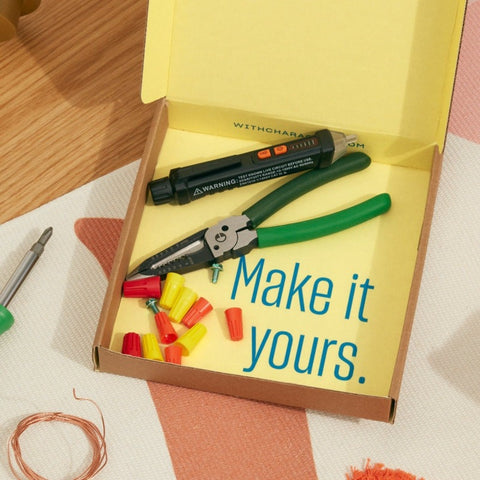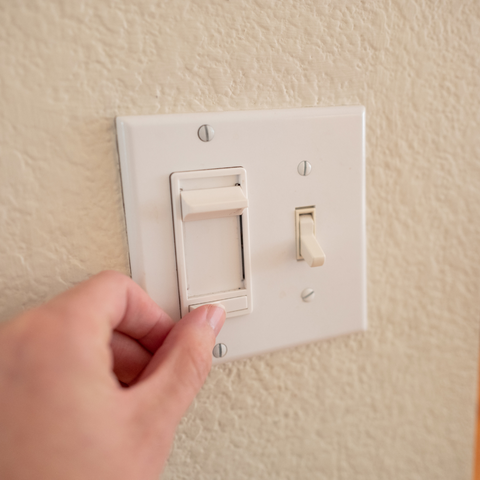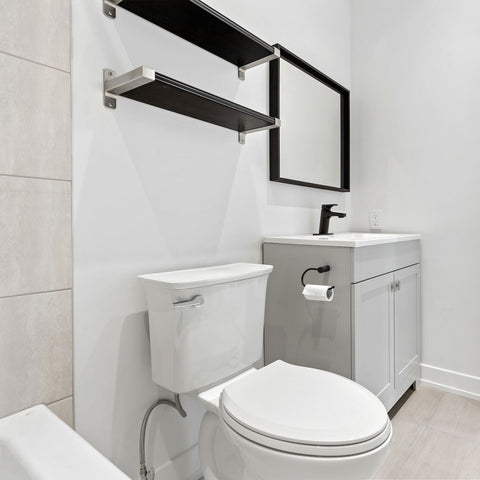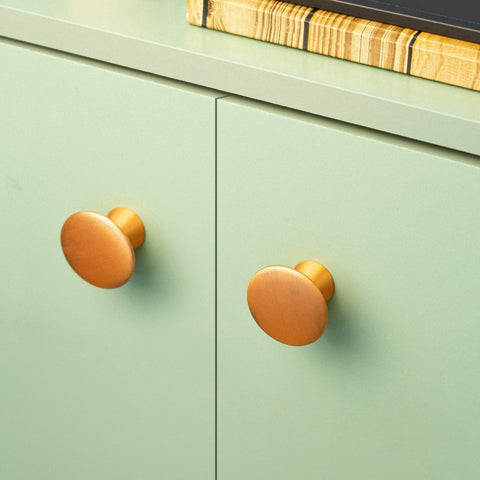
Faulty electrical work is not only annoying – like when a light is flickering or a breaker shuts off – but it can be a warning sign of dangers behind the walls that could lead to a house fire.
Without looking at your wiring behind the wall or ceilings, it can be hard to spot a potential problem, but the good news is there are a few telltale signs your wiring might not be up to code.
Disclaimer: Electrical code largely stems from the widely adopted National Electric Code used in all 50 states in the US, but there are also local and state regulations that might govern the electrical work you take on as a DIYer so make sure to do your research before taking on any electrical projects.
Here are a few signs of faulty wiring to keep an eye out for when doing electrical work:












